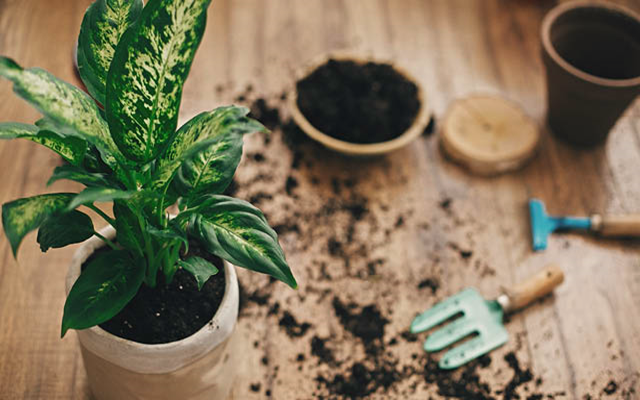Container Gardening
Tips for the Growth of Plants in Containers
Over recent decades, the nursery and greenhouse industry has seen strong growth, especially in developed countries. In particular, hydroponic greenhouse and container-grown vegetables have become an integral part of the horticulture industry worldwide and a vital aspect of indoor and outdoor home aesthetics. For this reason, we’ve put together this article to look at some basic tips for the growth of plants in containers.
Keep the Pots Aerated
First of all, you should keep your pots as aerated as possible. This means that you should provide an environment that is as good as if you were in a deep, dark forest. Aeration allows air to travel around your container plant roots as well as the surface of the soil. This will make sure that nutrients and water reach the roots so they can grow healthily.
Aeration can Help Plant in Many Ways
Secondly, water is very important for the health of your plants. Watering your plant helps it stay healthy, prevents disease and maximizes photosynthesis (the process that converts food into energy). It also makes the root systems more pliable. However, while containers offer a great deal of drying options, it’s still best to water your plants thoroughly before placing them into the containers. Doing so helps distribute water throughout the plant, which will help reduce splashing and avoid damage from the top of the container towards the bottom.
Avoid Pruning
Thirdly, you should avoid pruning. While it’s not necessary to remove all of your plants’ leaves during the initial few months of container gardening, it’s best to do so as the seasons pass. Remove any dead or damaged leaves or branches that will be losing moisture as the season progresses.
Mist the Plants
Fourth, you’ll need to mist your plants. Moisture is vital to the success of growing plants in containers. It keeps the roots well damp, allowing the roots to absorb the water and nutrients from the soil.
Remove Existing Pests
Fifth, you should remove any existing pests from your plant collection. Common pests include white grubs, aphids, lace bugs, spider mites, earwigs and moles. They tend to steal the nutrients from the roots of your favorite plants. By removing them from the containers, you can ensure that they don’t grow back.
Soil is the Key Factor For Healthy Plant
Finally, your container garden is at its best when it’s planted in good soil. If it’s anything but, it’s prone to diseases and poor yields. Many plants can be grown successfully in regular soil, but there are many more that thrive better in rich soil. To test soil for suitability, add a teaspoon of your chosen plant’s weight to a bag of loosely packed soil. If it’s too dry or the bag gets too heavy, you should move on to a different container.
Buy a Good Starter Kit
The fact is that it’s very easy to grow plants in containers. Many people mistakenly think that you can’t achieve any real gardening results without some serious gardening work, but it just isn’t true. Even beginners can have successful container gardens if they know what they’re doing and invest in a good starter kit.
Growing plants in containers is a great way to save both space and money. The initial costs aren’t prohibitive, but you do have to choose containers carefully and take care of them properly. Once you get started, you’ll see the rewards. Healthy, beautiful flowers and vegetables will be on your table, along with the knowledge that you grew them in a container garden.
Importance of Getting Starter Kit
Containers aren’t just for growing herbs or other exotic plants. Almost all plants can be grown in a container, and with a little bit of know how, you can even plant a few plants in each one! Most hobbyists will find that indoor plants fare much better than their outdoor cousins once they’ve been established in their own homes. Of course, there are also those who try to grow plants in containers only to discover that they have absolutely no chance of survival.
That’s why it’s so important to get a starter kit. You should be able to get advice from people who have grown plants in containers before, so that you’ll know exactly what to expect. The starter kits usually contain everything you need to get started, and there’s usually a manual as well. The manuals will also show you the best way to care for your new plants, and they’ll help you choose the best plants to grow, as well as the best materials to use.
It really doesn’t take much to get started with container gardening. In fact, many people who never thought they would try it do just that! If you’ve always wanted to grow your own herbs, now is the perfect time to get started. Start preparing your first container garden today.

